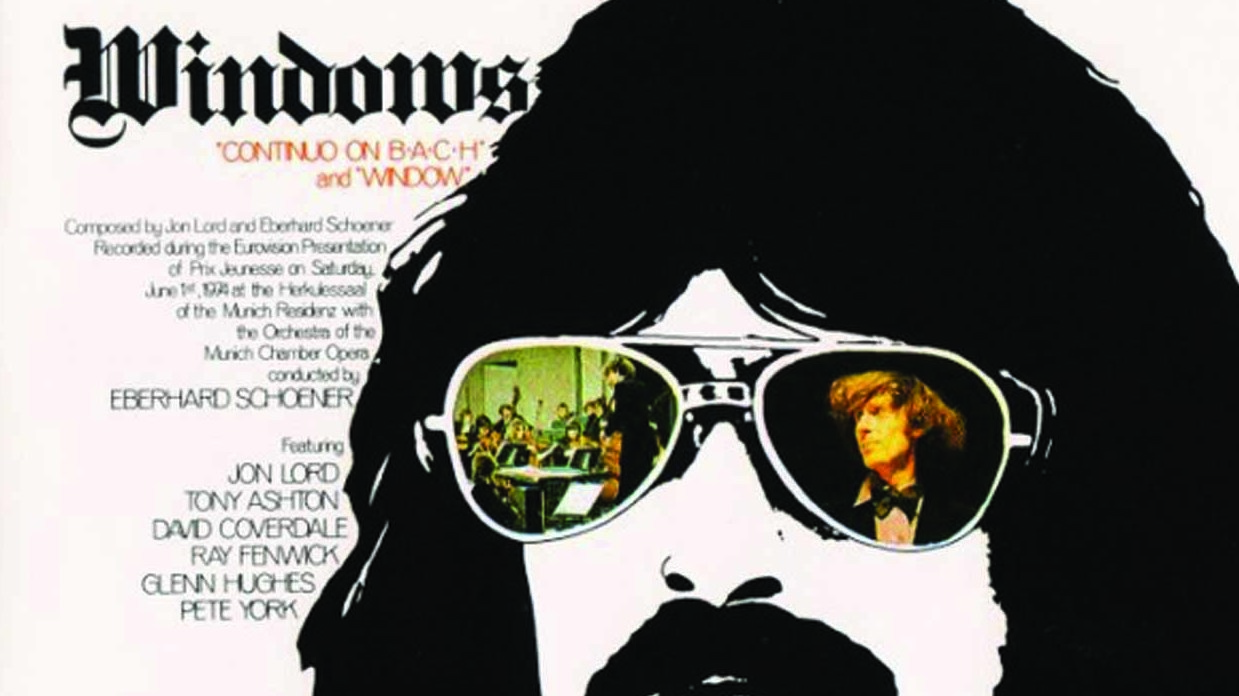Looking back across hard rock history, stylistic parallels with certain aspects of classical music’s more bombastic incarnations are unavoidable. The full-tilt Sturm und Drang of Wagner, the opening riff of Beethoven’s Fifth (surely the allegro con brio Smoke On The Water of symphonic fortissimo) clearly presage rock’s essential elements. But back when rock was young, Elton still Reg, and Jon Lord endeavouring to fuse two largely disparate genres into harmonious union, his noble experiment couldn’t have been greeted with more horror by classicists than if he were attempting to fashion a hybrid of Jeff Goldblum and a fly.
Pop, as it still remained, was way more open to bold progression. Incredibly, record-buyers stoically avoided no less than three Deep Purple albums beforeConcerto For Group And Orchestra (technically attributed to ‘Jon Lord With Deep Purple’) finally afforded the band their first UK chart placing. Encouraged – validated even – Lord persevered. 1972’s Purps-inspired, Beeb-commissioned Gemini Suite with the LSO and Malcolm Arnold was similarly well received, but then came ’74’s Windows (co-composed with Moog-handed Eberhard Schoener).
Comprised of two extended pieces for a rock septet (that included David Coverdale and Glenn Hughes on vocals) and the Munich Chamber Orchestra, complete with complementary sopranos, it was experimental and ambitious, yet sadly a bridge too far.
Schizophrenic, way beyond loud bit/ quiet bit dynamism, it often appears as if two opposing factions are locked in unyielding conflict. Continuo On B.A.C.H. peppers sublime romantic interludes with jarring orchestral parps, drum solos apropos of nothing, an ill-judged jazz break that neither fits nor swings and, despite a belatedly apposite trumpet solo, ill serves the incomplete JSB fugue upon which it’s based.
Similarly, the 33-minute Window is a confused combination of Japanese renga, second hand Gemini themes and ill-advised vocal overstatement that only baffles. Crisply remastered, yet still artistically lacking.

